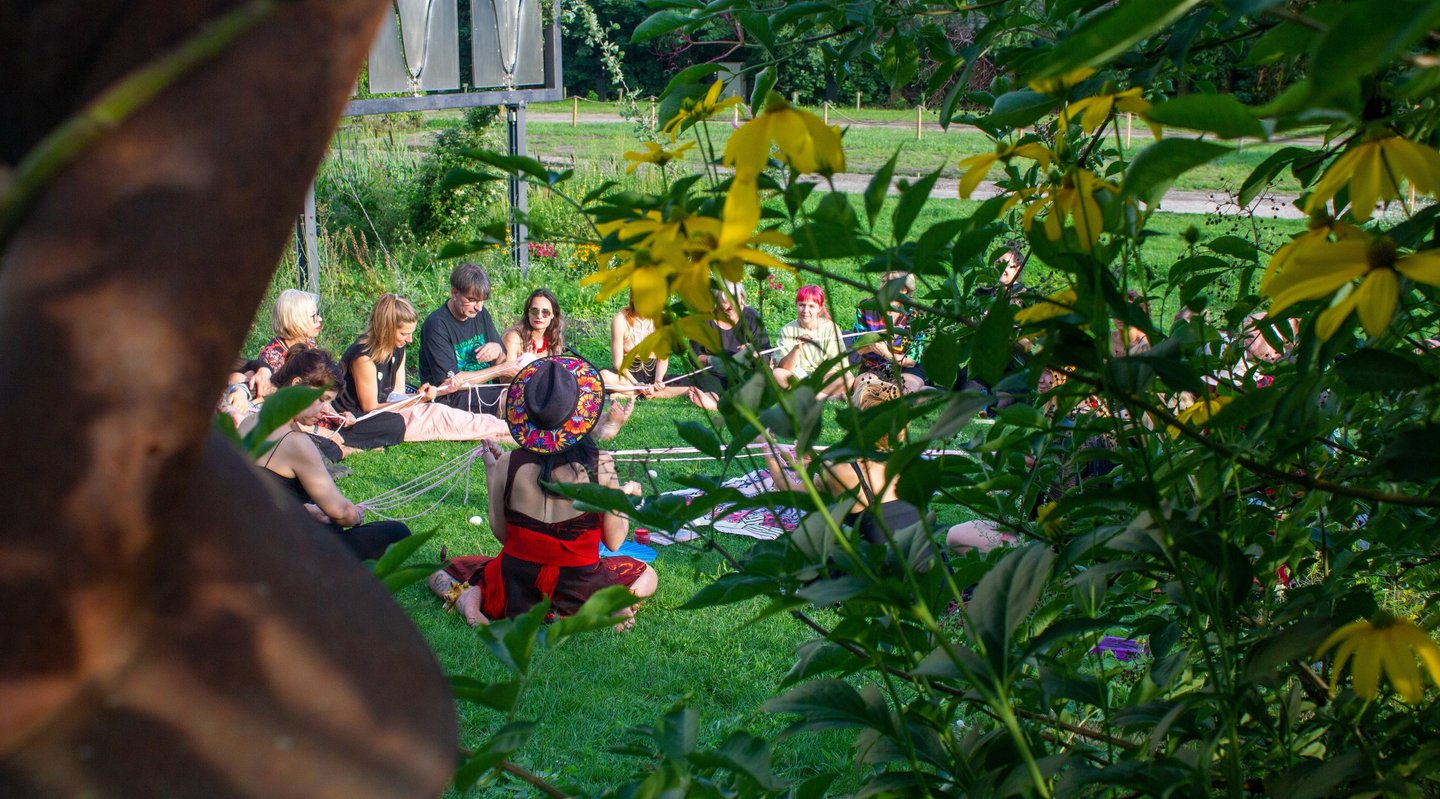

CREATRIX: Ecofeminist and Decolonial Ritual Performance
Xplore Berlin Festival, as part of the “Mining for Meanings” project, in collaboration with Micha Stella
July 25, 2025 – Malzfabrik, Berlin
Group photos by @ufo_logik / Landscape photos by Maga
Creatrix is an ecofeminist and decolonial ritual art initiative focused on the empowerment of the sacred feminine through performance.
I was summoned by ancient names, those that still resonate beneath the asphalt: Freyja, Nerthus, Idunn, Frigg... For three days and three nights, we allowed our bodies to search for their own genealogies, between iron and sap. The experience began at 7 pm, in a cozy room with Micha Stella, through a meditation that connected breath with a queer vagina, present in all the participants. Together, we opened a vein of meaning—not in the earth, but in memory—to extract what colonialism and capitalism had buried: the languages of care, pleasure, and transformation.
In the magaturgy, we proposed a performative wandering. At the end of the meditation, Micha invited them to look out the window: outside, I was waiting for them.
They saw me dressed as a decolonial shaman, with magical instruments learned from my Toltec teacher, Don Artemio Cruz Guzmán: ayoyotes on my ankles, an embroidered hat from Oaxaca, and the popozcomitl.
To this iconography, I added, as an anarchist sorceress and in postmodern hybridization, the ektara/gopichand, an instrument consecrated to the dark feminine in African and Asian traditions.
From the park, I played the ritual conch shell to summon them: the call of bodies to the outside world.
The audience descended and received the instruction: to begin an intimate and sensory journey through the Malzfabrik park, an infinity-shaped circuit between two lakes.
There, I had set up a Land Art installation: 44 large-format cards depicting Germanic and Norse goddesses, each accompanied by a message, an invocation, or a question.
The journey began with Freyja, goddess of Friday (and that day was Friday), with the opening question:
“What is the secret desire of your heart?”
The cards unfolded like an oracular map, a space for drifting and sympoiesis. The participants explored them freely, meditatively, guided by their intuition, to rediscover the ancient gestures of bodily and collective wisdom.
After an hour of wandering, reading, and interacting with the surroundings, I gathered them in a circle.
I took out Frigg's pink yarn, with which we knitted together, making knots that evoked connection, patience, and home.
We ate blueberries, savored honey, and closed the ritual with a collective weaving in honor of Frigg, the goddess who protects the domestic, the lunar, and the invisible.
In the circle of words, the attendees shared their experience: within the framework of the festival—which explores contemporary sexualities—they expressed having felt a profound connection with the erotic through intimacy, not representation.
They agreed that the sympoietic and queer also decolonize and ecofeminize sexuality, shifting it away from the male-female duality and returning it to a more holistic territory, where penetration ceases to be synonymous with sexuality.
There, the sensual, the poetic, the epidermal, and the spiritual intertwine as legitimate paths of desire: a sacred, non-hierarchical, and plural sexuality, capable of linking the body with the earth and the cosmos.
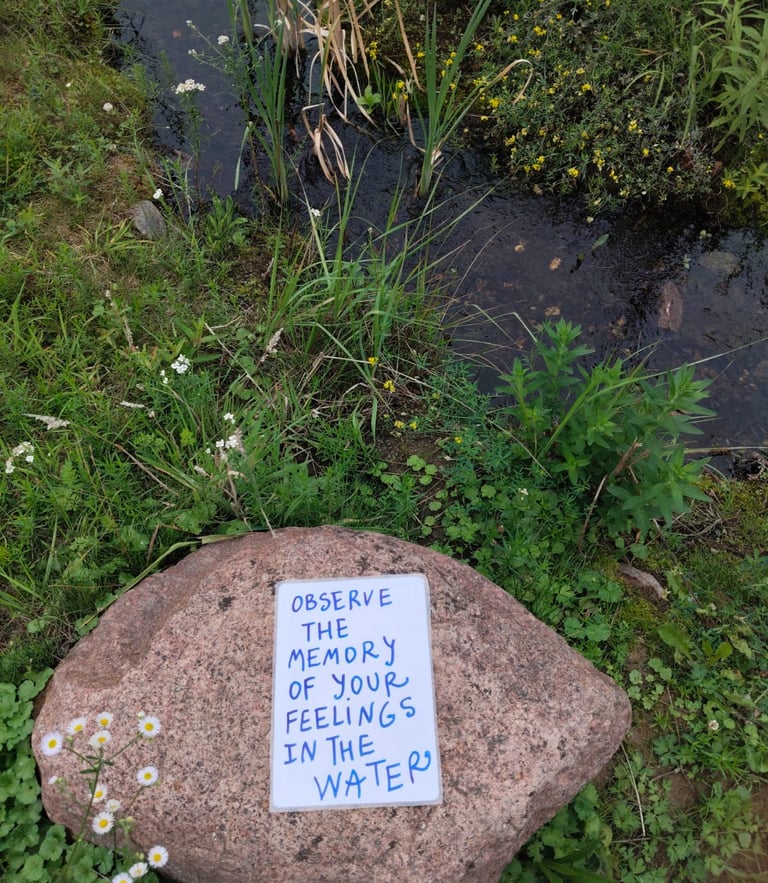

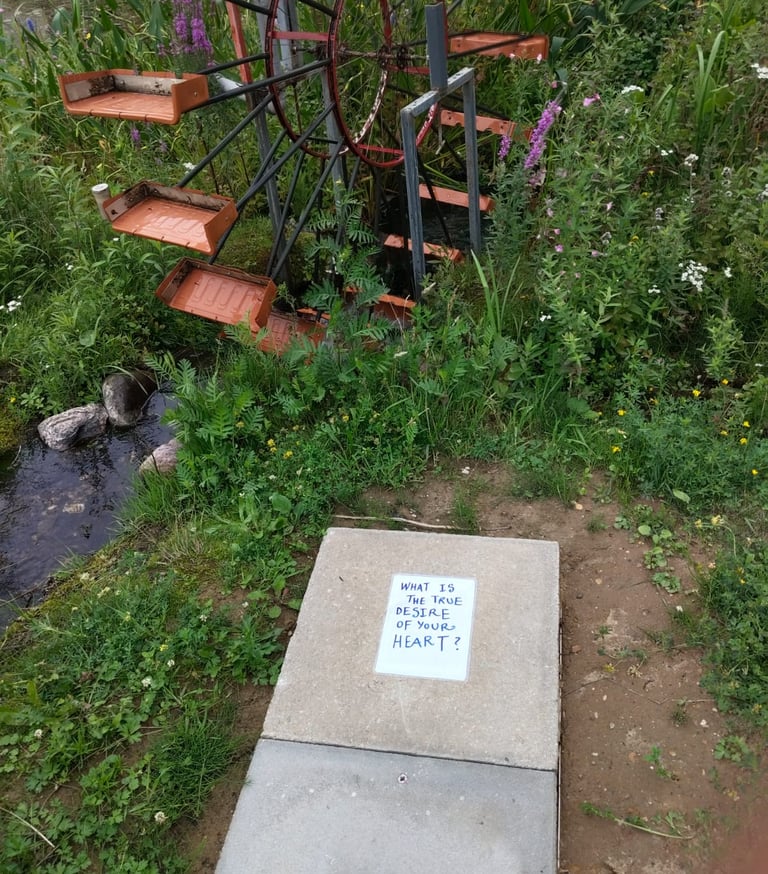


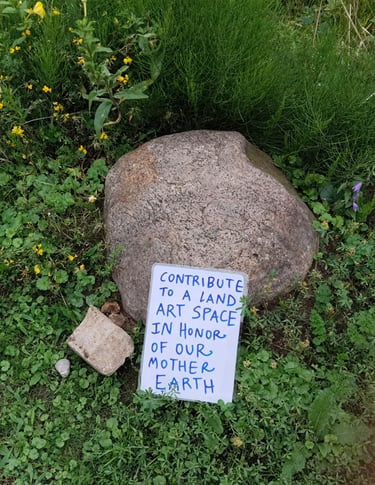
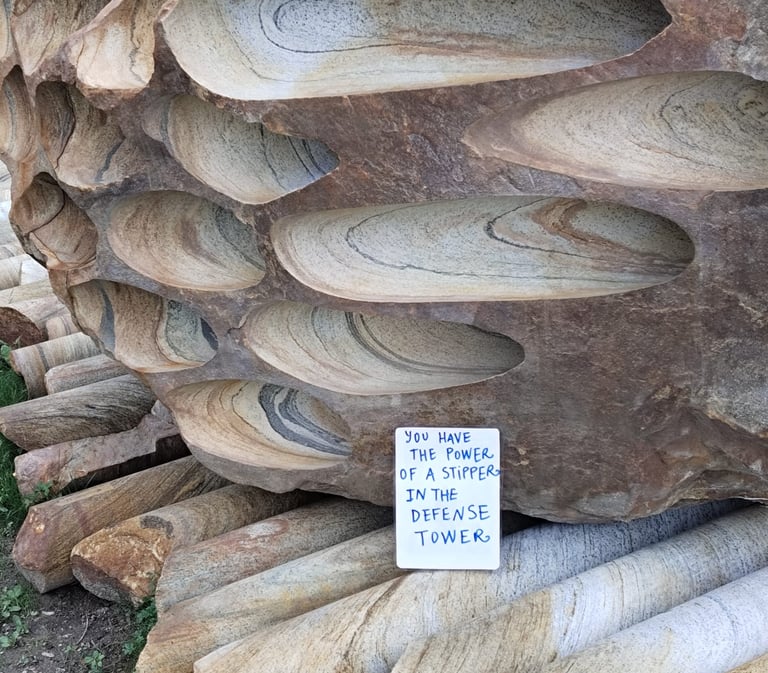

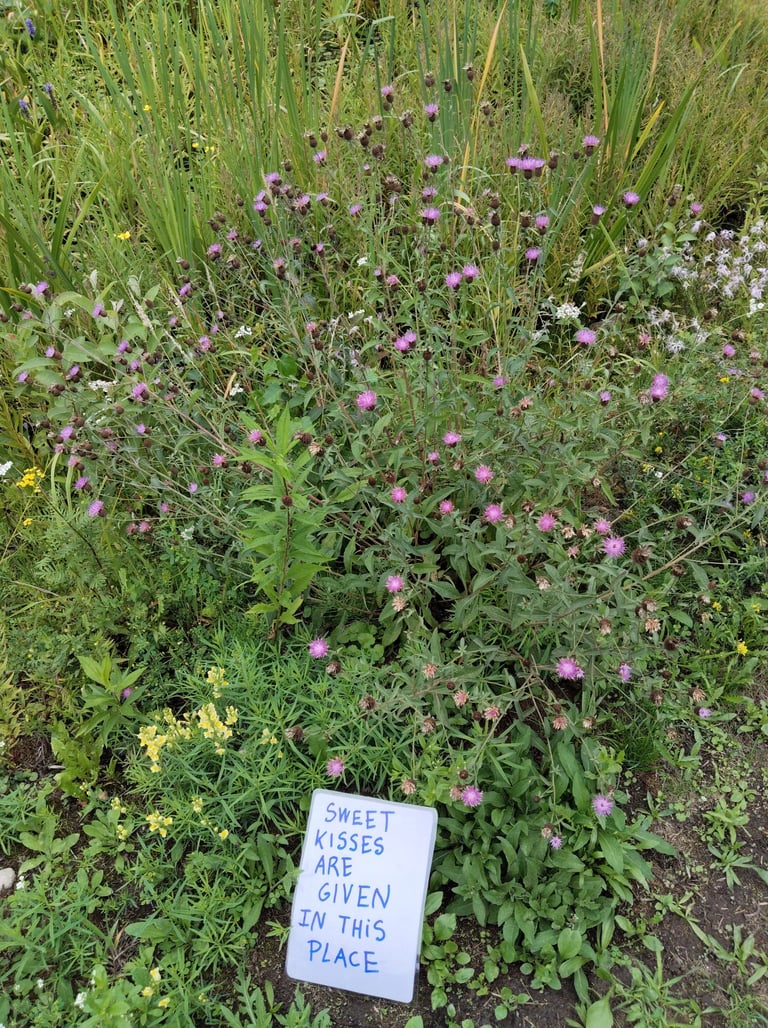

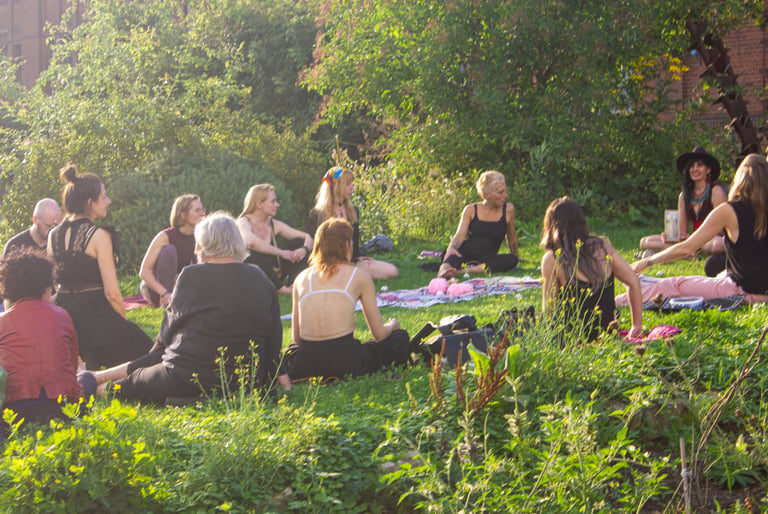



WELCOME TO THE TEMPLE,
The body, the Earth,
where hearts beat in polyphony
and every breath is an incantation.
We are androgynous birds, fluorescent serpents, flowers that shed petals with each dawn. We are genealogies without fixed roots, constellations that rewrite themselves with every gesture. Here are a thousand spiraling compasses,
maps that fold and unfold like interdimensional butterfly wings.
Each body is an altar; each gaze, an enchantment.
We invoke one another, crossing boundaries with dreamlike desire.
Your imagination is a MUTANT ARK, a tapestry of lights that sails without center or destination. We reclaim the forgotten goddesses, the wisdom of taste, the power of the word.
Here, in cyclosophic time, we celebrate the dance of all possible forms.
EXPERIENTIAL POETICS
maga@sacerdotisa.org
© 2024. All rights reserved.
